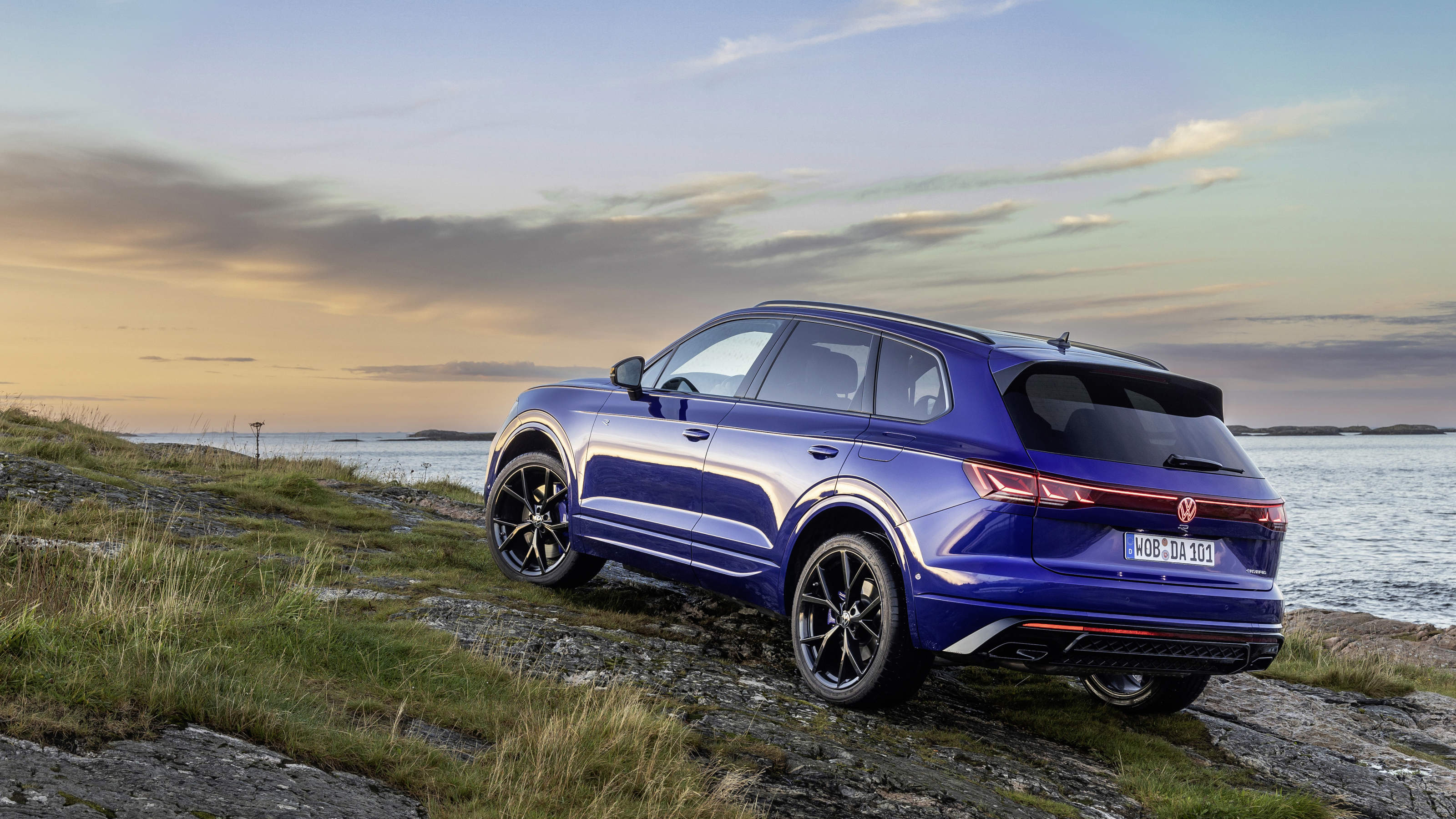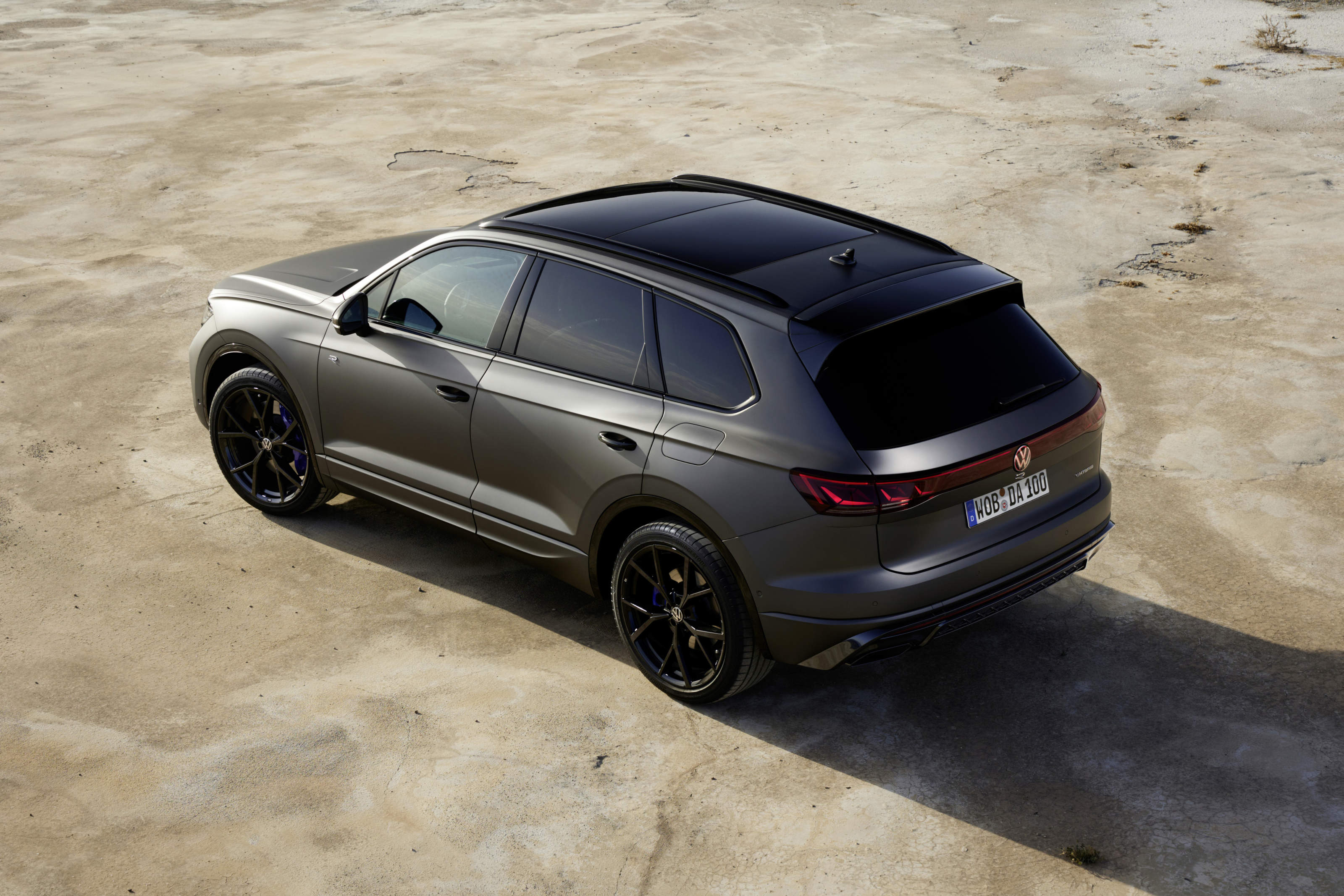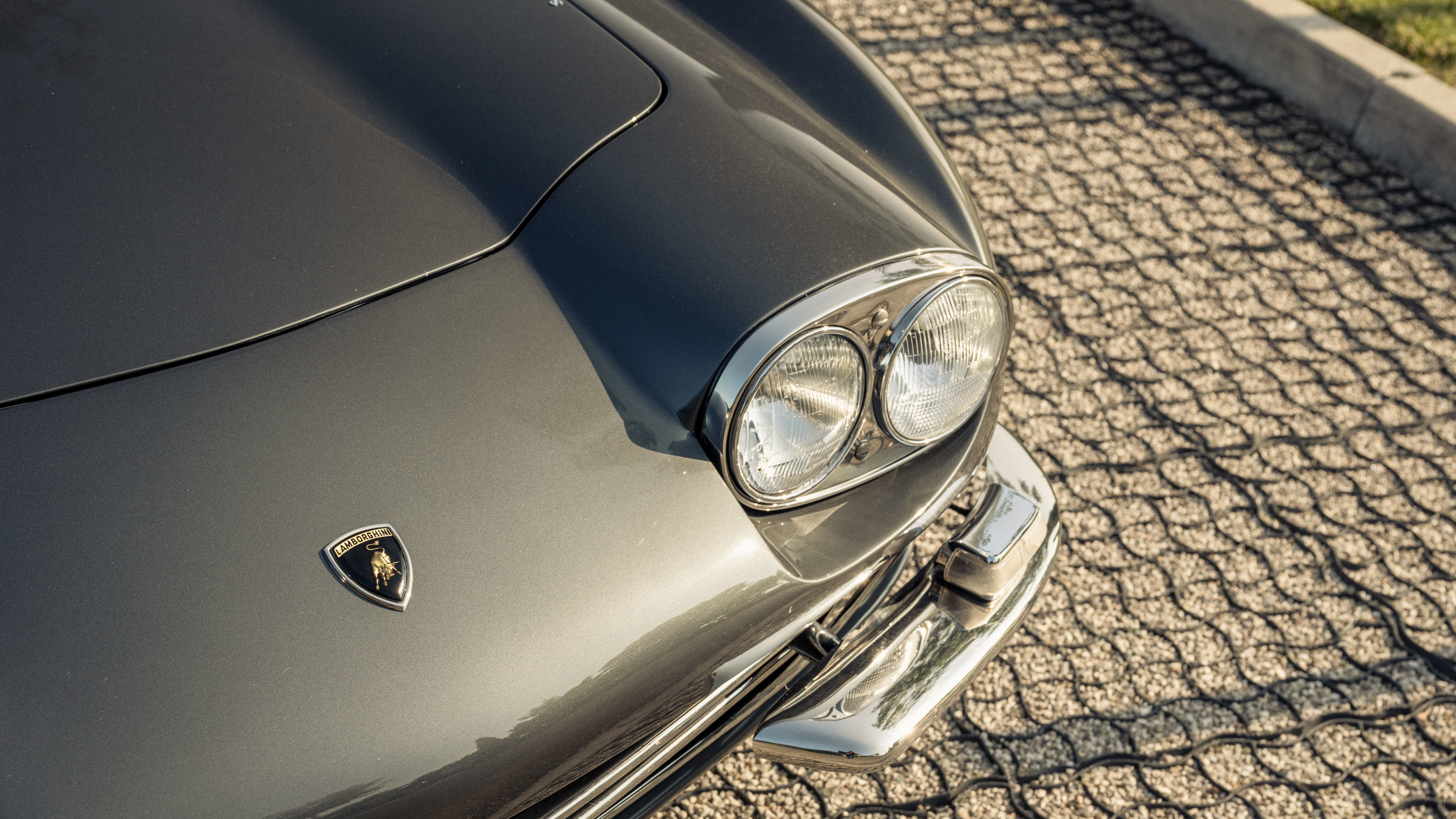Refreshed Volkswagen Touareg does the heavy lifting for long-distance travel
The new Volkswagen Touareg R eHybrid is the people’s luxury SUV, capable of going anywhere and doing anything. Does it stack up to rivals?

We kick off 2024 with our experiences with the lightly refreshed Volkswagen Touareg R eHybrid, the flagship version of the company’s flagship model, the absolute summit of the brand. The Touareg was launched way back in 2002 to get VW into the all-important SUV sector. Now in its third generation, it’s actually designated as a ‘mid-size’ SUV in auto-industry terms, although by European standards it clearly sits at the upper end of the scale.

As it stands, the Touareg has more in common with its close mechanical cousins, the Audi Q8, Bentley Bentayga, Porsche Cayenne and Lamborghini Urus, than it does with any other VW, even its (smaller) SUVs. That is to say that it prioritises plushness, performance and comfort over any sense of ‘utilitarian mobility’. For instance, switch to ‘sport’ mode – which adds extra boost from the electric motor – and the interior lighting scheme transforms the cabin into a Chippenham nightclub, all lairy red and black. It’s not subtle.

In R eHybrid form, at the very top of the VW product tree, this means you’re looking at an £80,000 car, fully laden with an acronymic blizzard of options to assist with progress on and off the road, from highways to parking garages. Truth is, you need a fair bit of help to guide the big Touareg through cities with any degree of precision, such is the scale of this 4.9m-long machine (well over 2m wide including wing mirrors).

Powering all this is a petrol V6 linked to an electric motor and battery pack; the latter gives an electric-only range of around 30 miles. As with all plug-in hybrids, a projected and practical use case is to charge at home for regular short trips, keeping the ICE on hand for longer journeys. All well and good, but the fact remains that you’ll be hauling around 3,000kg of largely redundant technology on the off chance you’ll need to run to the shops as well as traverse a massive sand dune on the same afternoon.

Like many big SUVs, the Touareg offers occupants a sense of impervious detachment from the world, swathed in a layer of technology that cossets, entertains and occasional infuriates (touchscreen-only controls for the heating and aircon, for example). A power output of 455hp means that performance is never lacking, although the aforementioned sport mode ensures everyone on board is well aware of your profligacy.

The world of hybrid SUVs currently offers no half measures. In fact, it’s something of a shock to delve into VW’s current line-up and discover that the brand makes no fewer than eight different SUVs, the T-Roc, Taigo, T-Cross, Tiguan, Tiguan Allspace, the electric ID.4 and ID.5 and the flagship Touareg. Over the Atlantic, there’s also the even larger Atlas and Atlas Sport.

How much longer can this Swiss Army knife approach to car design and engineering survive? The Touareg and its ilk sit at the peak of the auto industry’s imminent tipping point; at some point in the not-too-distant future, battery tech will have sufficiently evolved to make small electric cars a truly viable economic proposition. The current glut of huge hybridised and electric SUVs demonstrates that we’re not there yet. Sure, cars like the Touareg demonstrate that you can have it all in one package, but the costs are high for everyone.
Receive our daily digest of inspiration, escapism and design stories from around the world direct to your inbox.

Volkswagen Touareg R eHybrid, from £80,710, Volkswagen.co.uk
Jonathan Bell has written for Wallpaper* magazine since 1999, covering everything from architecture and transport design to books, tech and graphic design. He is now the magazine’s Transport and Technology Editor. Jonathan has written and edited 15 books, including Concept Car Design, 21st Century House, and The New Modern House. He is also the host of Wallpaper’s first podcast.
-
 Terrified to get inked? This inviting Brooklyn tattoo parlour is for people who are 'a little bit nervous'
Terrified to get inked? This inviting Brooklyn tattoo parlour is for people who are 'a little bit nervous'With minty-green walls and an option to 'call mom', Tiny Zaps' Williamsburg location was designed to tame jitters
-
 Let’s hear it for the Chopard L.U.C Grand Strike chiming watch
Let’s hear it for the Chopard L.U.C Grand Strike chiming watchThe Swiss watchmaker’s most complicated timepiece to date features an innovative approach to producing a crystal-clear sound
-
 Form... and flavour? The best design-led restaurant debuts of 2025
Form... and flavour? The best design-led restaurant debuts of 2025A Wallpaper* edit of the restaurant interiors that shaped how we ate, gathered and lingered this year
-
 New Porsche Cayenne Electric makes a case for a sporting life with lashings of technology
New Porsche Cayenne Electric makes a case for a sporting life with lashings of technologyThe next-gen Cayenne gets its first all-electric model, a mighty SUV that’s also the first Porsche with wireless charging
-
 All the new electric cars and concepts revealed at Munich’s IAA Mobility 2025
All the new electric cars and concepts revealed at Munich’s IAA Mobility 2025Munich’s alternative motorshow is now in its third iteration, combining a traditional exhibition space with a conference and large-scale public activations on the streets of the city
-
 KAMManufaktur transforms the 1960s-era Porsche 912 into a refined restomod GT
KAMManufaktur transforms the 1960s-era Porsche 912 into a refined restomod GTThe KAMM 912T is a restomod Porsche for the more discerning collector, a rebuilt and re-engineered car that favours analogue feel and simplicity over all-out power
-
 All the best bits from Goodwood Festival of Speed 2025
All the best bits from Goodwood Festival of Speed 2025As car makers switch their allegiance to the sunny West Sussex countryside as a place to showcase their wares, a new generation of sports cars were sent running up that famous hill
-
 This Porsche surfboard collaboration captures the spirit of 1970s Southern California
This Porsche surfboard collaboration captures the spirit of 1970s Southern CaliforniaThe Porsche 911 Carrera RS 2.7 is the inspiration for the company’s second collaboration with California’s Almond Surfboards, featuring a custom-made board and limited-edition apparel and accessories
-
 How to spot a fake Lamborghini: inside the sports car manufacturer’s Polo Storico division
How to spot a fake Lamborghini: inside the sports car manufacturer’s Polo Storico divisionFake or fortune? We talk to the team of Lamborghini experts who can spot a priceless classic from a phoney
-
 ‘Wundercar’ celebrates the ineffable aura of the Porsche 959, the first true hypercar
‘Wundercar’ celebrates the ineffable aura of the Porsche 959, the first true hypercarCurated by London creatives INK, ‘Wundercar’ is a London exhibition dedicated to the image and influence of Porsche’s seminal 959, a true icon of 1980s engineering
-
 The Porsche 911 Spirit 70 harks back to the aesthetic and ethos of the 1970s
The Porsche 911 Spirit 70 harks back to the aesthetic and ethos of the 1970sAs part of Porsche’s Heritage Design strategy, the company has launched a new special edition, the Porsche 911 Spirit 70 convertible